
Sequels can be tricky. Some successfully recapture what fans enjoyed, while others stumble with changes to the cast, slower or faster storytelling, or plot decisions that don’t fit the original. This list focuses on continuations that were criticized for specific production or storytelling problems – like changes in studios, rushed storylines, altered established facts, or excessive use of flashbacks. For each entry, you’ll find details about what exactly changed, how the new version differed, and what parts of the story were included. Think of it as a helpful guide to what happened during production and in the story itself, not a place to argue about whether or not you liked it.
‘Dragon Ball GT’ (1996–1997)

‘Dragon Ball GT’ wasn’t based on a manga and instead told its own original story. It started with Goku mysteriously becoming a child again, thanks to the Black Star Dragon Balls. The series featured new story arcs like the Baby Saga, the Super 17 Saga, and the Shadow Dragon Saga, and introduced transformations like Super Saiyan 4. The show’s creators relied on internal notes and ideas to maintain consistency and power levels, rather than a strict, published storyline. Later, interviews with the staff and details on home releases explained the creative choices and how ‘GT’ differed from ‘Dragon Ball Z’.
‘Mobile Suit Gundam SEED Destiny’ (2004–2005)
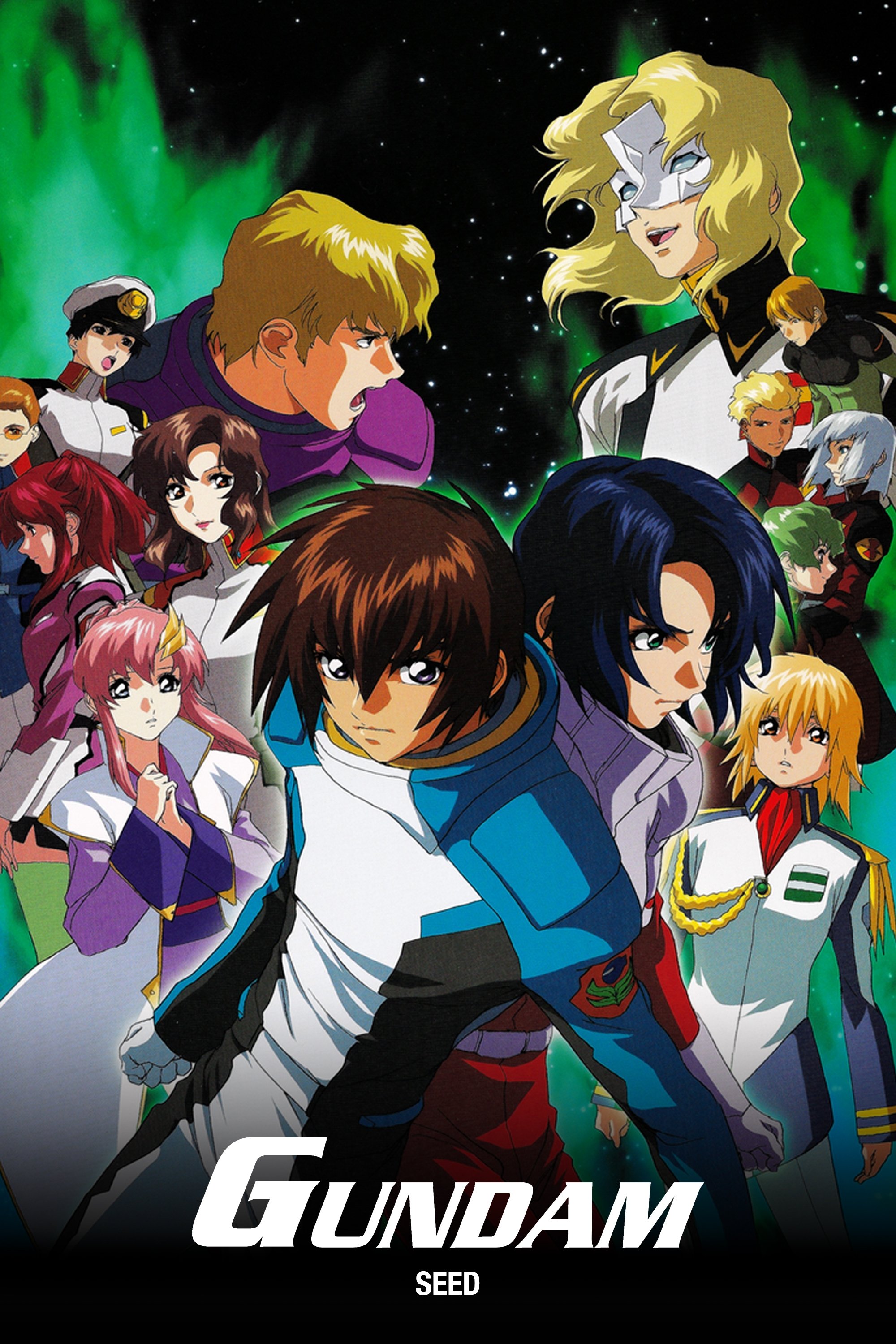
Sunrise continued the story begun in previous series, bringing back familiar creators. While initially focusing on a new protagonist, Shinn Asuka, the show soon shifted its attention back to Kira Yamato and Athrun Zala. The series reused footage from earlier battles and expanded the conflict between ZAFT and Orb, particularly with the introduction of the Destiny and Legend Gundams. Later episodes were revised with compilation specials and a special TV edit called “Final Plus,” which changed dialogue and outcomes in important scenes. New musical themes were also introduced, specifically tied to the storylines of the Minerva and Archangel ships.
‘Black Butler II’ (2010)
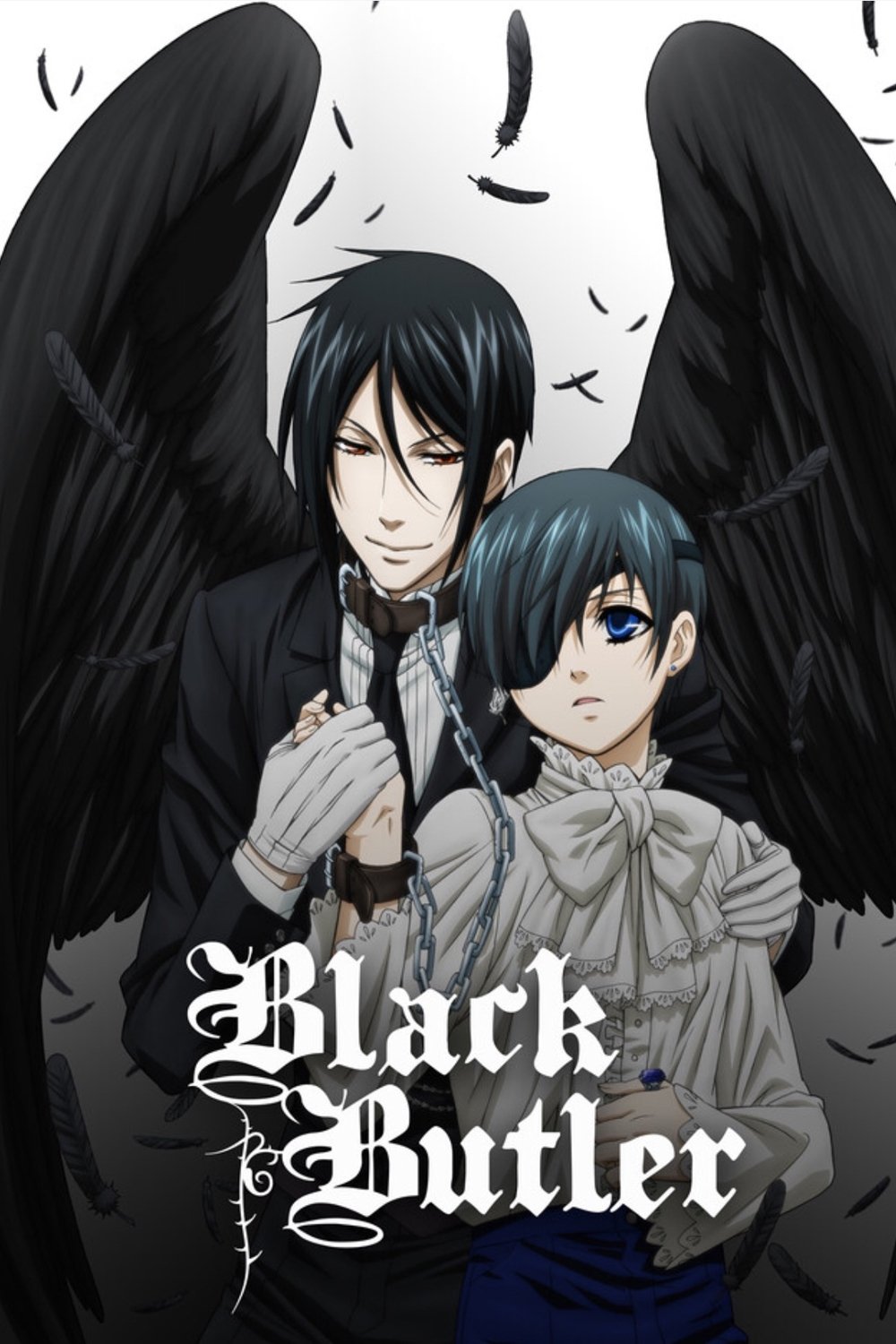
‘Black Butler II,’ created by A-1 Pictures, continued the story with a new plotline not found in the original manga. It introduced Alois Trancy and his butler, Claude Faustus, alongside Ciel and Sebastian. The sequel moved away from the manga’s storyline after the ‘Noah’s Ark’ arc and focused on a self-contained story featuring new agreements with Faustian contracts. The first episode had several different versions, including one that initially presented Alois and Claude as the main characters before bringing Ciel and Sebastian back into focus. Production notes included with the DVD and Blu-ray releases detailed how the creators developed the dynamic between the two butler pairings to make them unique.
‘Eureka Seven AO’ (2012)
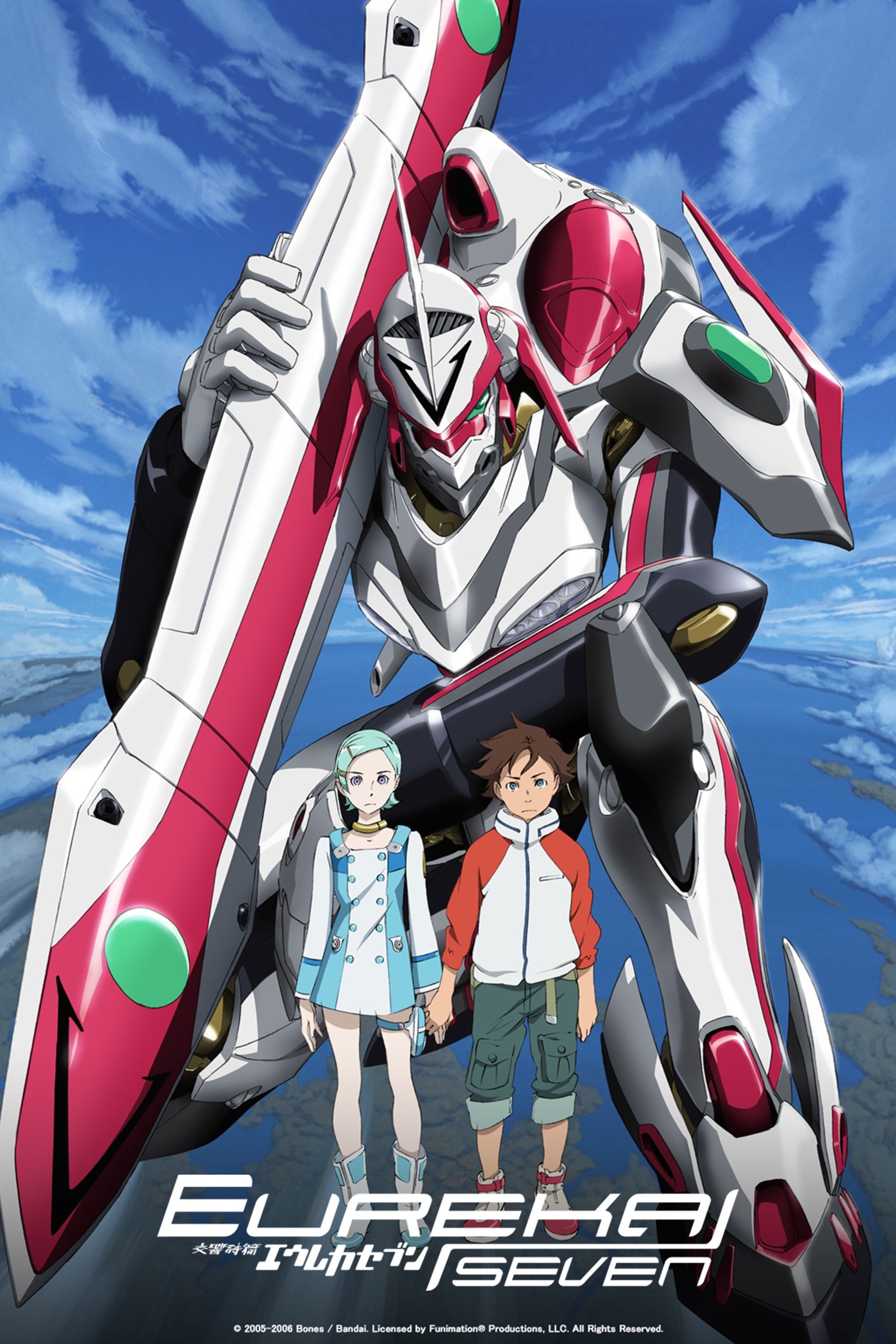
I’ve always been fascinated by how ‘Eureka Seven’ expanded its universe. Ao Fukai really built on the original story, cleverly tying up loose ends and introducing these incredible alternate realities through the Scub Coral. The way they used the science of Quartz Gun time effects was brilliant – it wasn’t just about flashy battles, but actually reshaped how we understood everything that happened before. And I was so thrilled they released that OVA – it gave us even more insight into the Gekkostate’s history! What really impressed me was how thoughtful the mecha designs were. You could clearly see how the IFOs evolved from the earlier LFO concepts, and it felt like a deliberate artistic choice to shift the tone and mechanics throughout the series. It all just felt so well-planned and connected.
‘Tokyo Ghoul √A’ (2015)
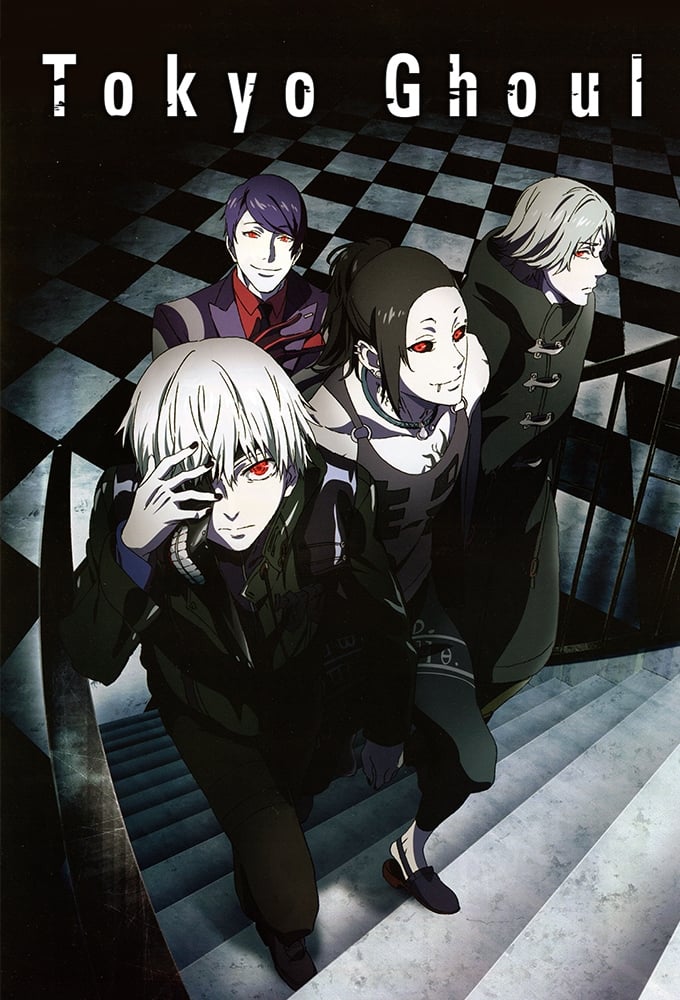
The anime adaptation of Tokyo Ghoul by Studio Pierrot took a different direction than the original manga by author Sui Ishida. Instead of following the story’s path with Cochlea and Anteiku, the anime created its own storyline where Kaneki joins Aogiri Tree. This involved rearranging fight scenes and character development, as well as shortening or leaving out some battles from the manga. The creators aimed to maintain the overall themes of the story while changing the order of events. Later seasons tried to correct this, but this resulted in inconsistencies between the anime and the manga’s storyline.
‘Durarara!!x2’ (2015–2016)

Shuka, a newly established animation studio with staff from the former Brain’s Base, continued adapting Ryohgo Narita’s popular series, focusing on the Ikebukuro setting across three seasons (Shō, Ten, and Ketsu). The anime covered several volumes of the original light novels, frequently switching between the perspectives of different groups like the Dollars, Awakusu, and Saika. The production was divided into three broadcast blocks, which led to a fast pace and cliffhangers at the end of many episodes. The large and complex cast, as shown in official character guides, also made it challenging to fully develop all of the ongoing storylines.
‘Berserk’ (2016–2017)
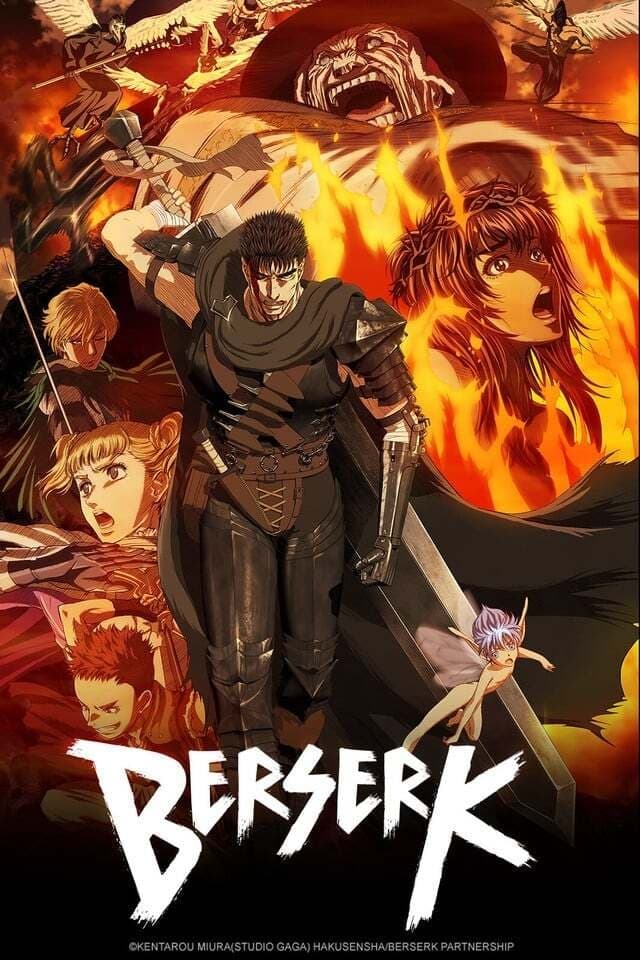
GEMBA and Millepensee created a 3D animated TV series that continued the stories from the ‘Conviction’ and ‘Falcon of the Millennium Empire’ arcs, following the events of the original movie trilogy. The show used 3D characters with a unique, cel-shaded look, and occasionally incorporated traditional 2D animation. Visual effects like strong line work and shaky camera angles were also used. The production involved a rotating team of 3D artists and outsourced animation for action sequences. Different versions of the show were created for television and Blu-ray; the Blu-ray releases showed more of the violence that was censored for broadcast.
‘D.Gray-man Hallow’ (2016)

TMS Entertainment revisited the exorcist story with a new, shorter season of 13 episodes. They brought in new actors for some of the main characters and moved the plot forward in the manga. This season covered the Alma Karma storyline in a condensed way and quickly re-introduced the 14th. Those involved with the show admitted the fast pace was due to a limited number of episodes. New artwork and promotional materials showcased updated character designs, which were noticeably different from the previous, longer adaptation.
‘Aldnoah.Zero’ (2015)

The second half of the series continued the collaboration between A-1 Pictures and TROYCA, focusing on the ongoing war between Terran and Vers forces, with battles involving powerful mechanical suits and attacks from space. Each episode often ended on a suspenseful note, and the same composer returned with familiar music to highlight key moments. Detailed notes on the mecha designs explained the differences in performance between the Martian and Earth suits, which influenced how the battles were animated. After the series finished airing, official materials like timelines and artbooks clarified the new political situation established in the finale.
‘The Melancholy of Haruhi Suzumiya’ (2009)

Kyoto Animation created a unique arc called the “Endless Eight,” where eight episodes repeatedly showed the same summer events, but with updated animation and different visual arrangements. The episodes were aired in a mixed order of old and new scenes, which led to fans creating guides to track the story chronologically. The creators talked about how they intentionally varied even small details, like clothing and the number of cuts in each scene. When the series was released on home video, both the original broadcast order and the chronological order were included, along with notes to help viewers understand the timeline and options to skip the opening and ending sequences.
‘FLCL Progressive’ (2018)

Production I.G and Adult Swim brought back ‘FLCL’ with a new story and characters, updated visuals, and a deeper look into the world of Medical Mechanica across six episodes. Different directors worked on each episode, keeping the show’s unique style and feel. Artwork released showed how the show’s guitars and mecha designs were updated. The show also featured a strong focus on music, with themes and songs carefully placed to match the action.
‘Saint Seiya: Soul of Gold’ (2015)
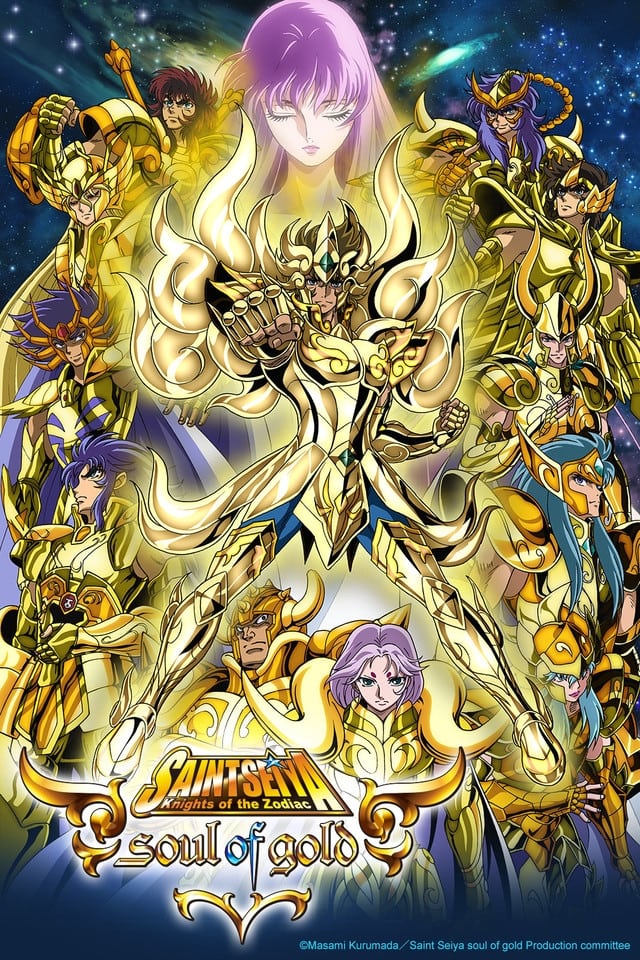
Toei Animation released a new online series centered around the Gold Saints from Asgard, building on storylines from other parts of the franchise. The show featured upgraded armor for the warriors, called God Cloth evolutions, and introduced new God Warriors, all within a short number of episodes. Detailed character designs and new action figures were also released, showcasing the updated armor and transformation sequences. Episodes were initially released online, then compiled for television, and finally released on Blu-ray with extra features like cleaner transformation scenes and versions without ending credits.
‘One-Punch Man’ Season 2 (2019)
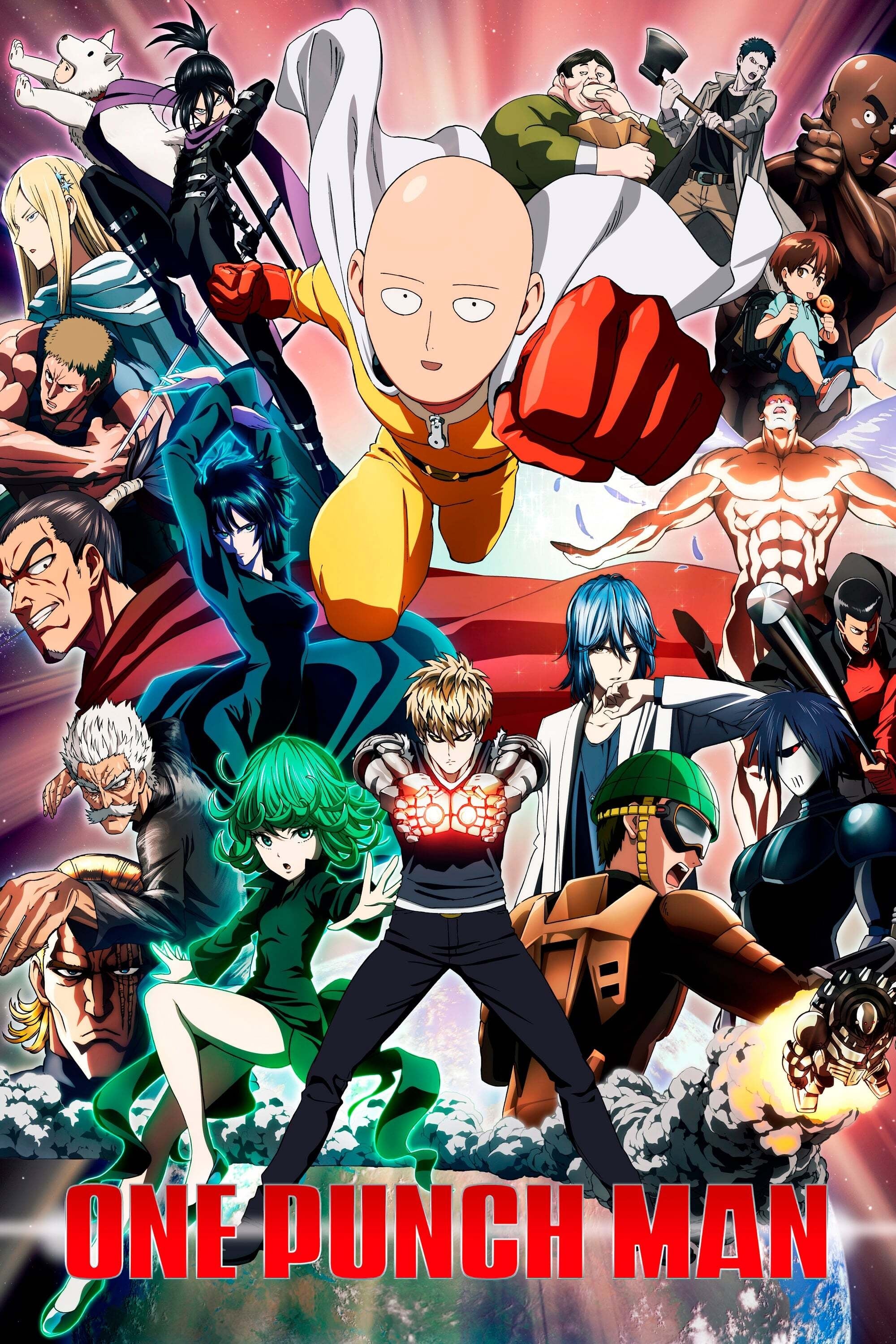
After Madhouse, J.C.STAFF took charge of the animation, bringing in new staff and a new director. This season focused on the Monster Association storyline, particularly highlighting Garou’s fighting skills and tournament arcs. Compared to the first season, the animation showed changes in how scenes were planned and how battles were depicted. The home video releases featured improved versions of some action sequences, along with extra shorts that added more depth to supporting characters.
‘The Seven Deadly Sins: Dragon’s Judgement’ (2021)
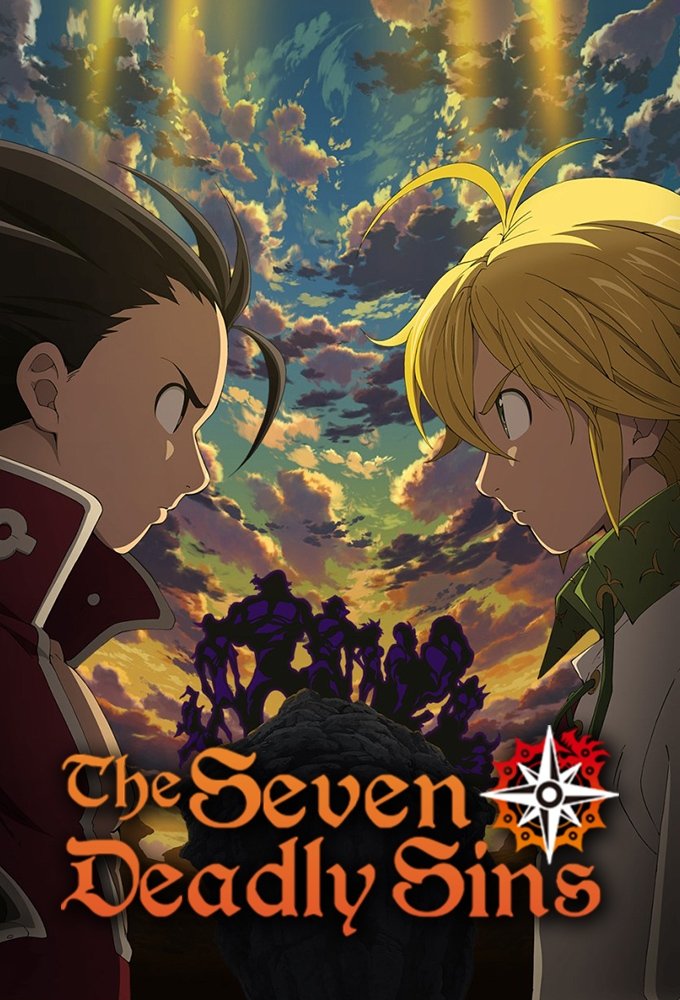
Studio Deen finished the second part of the Britannia Holy War storyline, picking up where ‘Wrath of the Gods’ left off. The animation involved both their own team and outside help, with staff shifting between roles. To fit the show into its allotted time, the adaptation shortened some of the later battles from the manga, focusing on bringing the story to a close. Blu-ray releases included extra visual effects and improvements, but kept the same order of scenes as the original TV broadcast.
‘The Promised Neverland’ Season 2 (2012)
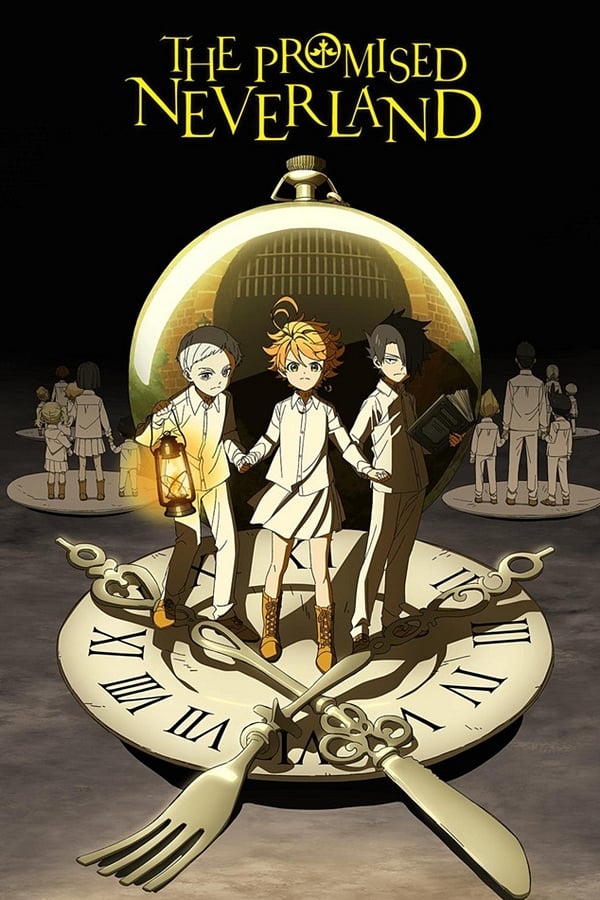
CloverWorks took liberties with the story when adapting it, streamlining or omitting parts of the original manga’s plot and characters. Episode summaries highlighted that the anime used time jumps and quick montages to connect different storylines, often summarizing important world-building details. The studio confirmed these changes were made to fit the story into a single season. While home video releases included improved opening and ending sequences and some minor visual adjustments, the overall order of episodes remained the same as the original broadcast.
‘Boruto: Naruto Next Generations’ (2017–2023)

Studio Pierrot kept the world of Boruto going with new episodes every week, blending storylines directly from the manga with original content created for the anime. Over the years, they covered everything from the characters’ time at the academy to revamped versions of the Chūnin Exams, battles with the Kara Organization, and many standalone episodes. Like most long-running anime, different directors and animators worked on each episode. The anime also underwent a title change midway through to ‘Boruto: Two Blue Vortex,’ which led to some differences in how quickly the anime adapted the manga compared to what viewers saw on TV.
‘Yashahime: Princess Half-Demon’ (2020–2022)
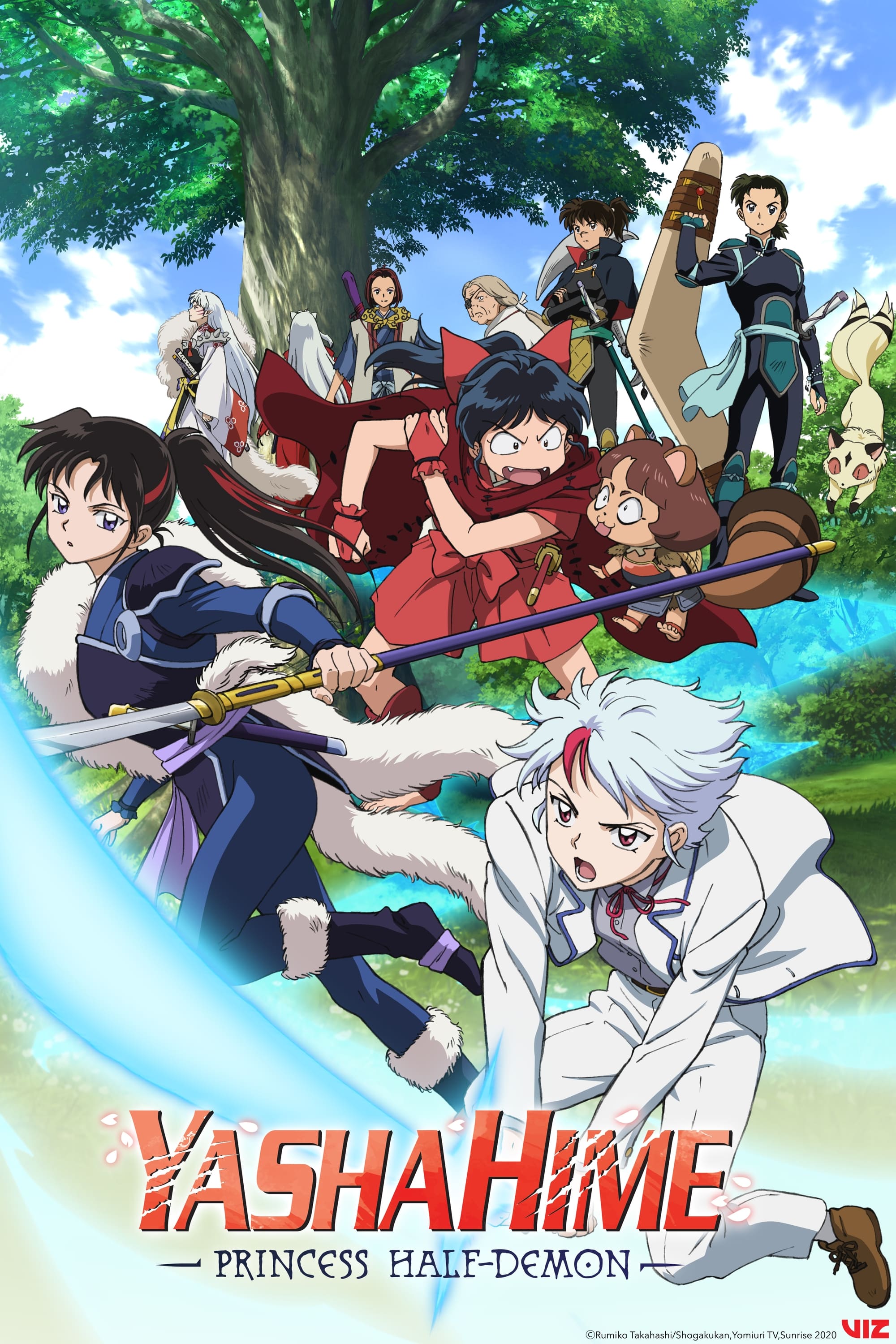
‘Sunrise’ continued the story of the ‘Inuyasha’ universe, focusing on new characters – Towa, Setsuna, and Moroha – while occasionally featuring familiar faces from the original series. It expanded the world with new stories about Dream Butterflies and introduced several new groups of demons. The show also detailed how weapons evolved, with information available in official guides. Instead of one continuous story, the episodes were divided into two seasons, with smaller story arcs concluding every few episodes. Official guidebooks helped viewers understand how the new characters were connected to the original cast.
‘The Devil Is a Part-Timer!!’ (2022–2023)
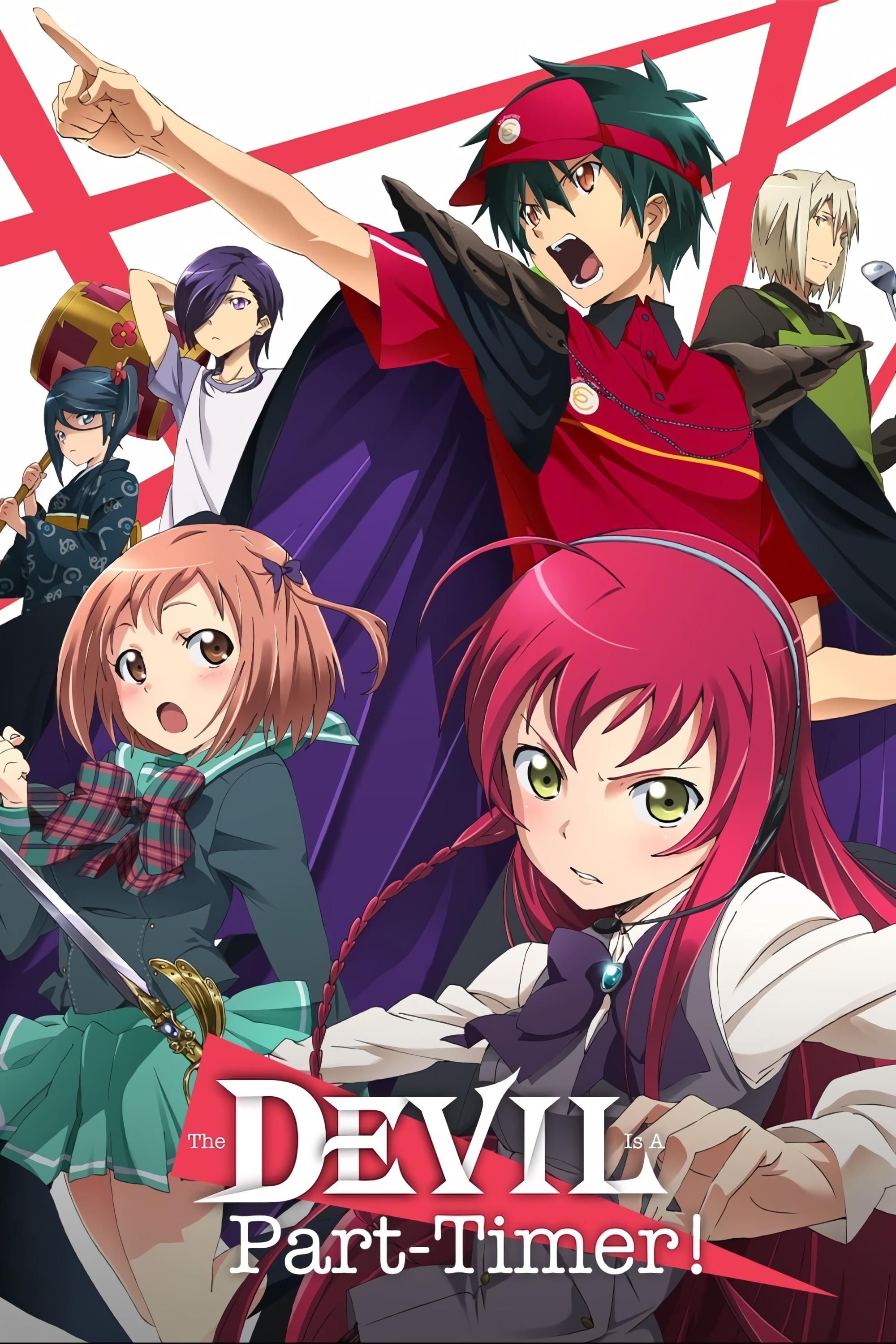
Studio 3Hz created a second season of the fantasy comedy, making some changes to the production team. This season adapted storylines about farm life, different angelic groups, and the history of the character Alas Ramus, focusing heavily on scenes set in everyday life. The animation process involved several different supervisors and outsourced work across many episodes. Promotional materials highlighted connections to the original light novels, but also admitted some differences from the first season.
‘The Rising of the Shield Hero’ Season 2 (2022)

Kinema Citrus, along with DR Movie, animated the Spirit Tortoise story arc in a season that was shorter than the first. The show’s release was delayed and then rescheduled, and official descriptions promised a more focused plot centered around one major conflict. Production notes showed that the animation teams changed from episode to episode, and the home video release included some edited scenes. The season ended in a way that directly led into the next story arc, as highlighted in promotional materials after the finale.
‘Code Geass: Lelouch of the Re;surrection’ (2019)
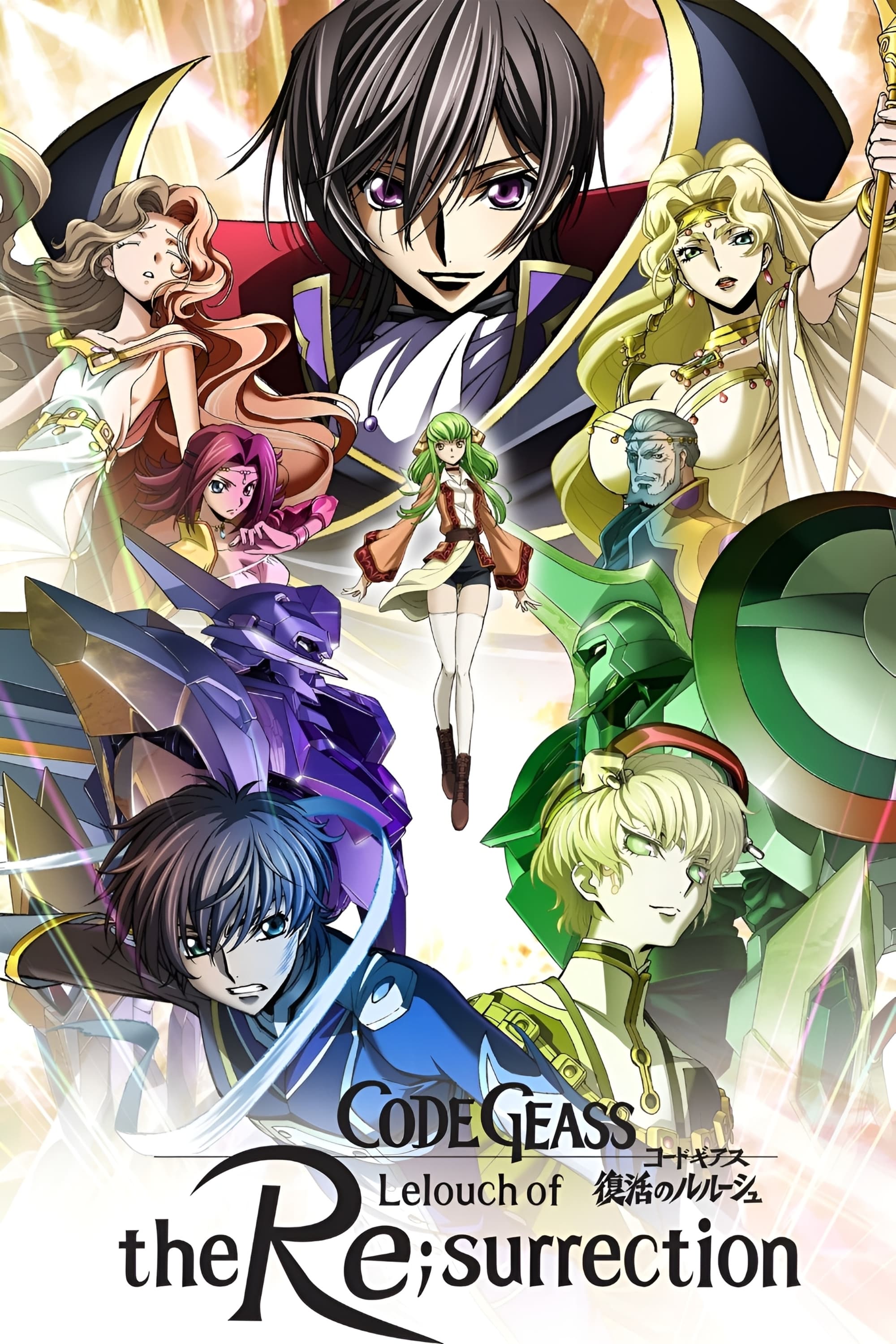
The movie Sunrise continued the story established by the compilation films, ignoring the original TV series’ ending, and creating a separate, but related, storyline. It introduced the nation of Zilkhstan and new characters with the power of Geass. Details about the characters’ ages and the political landscape were provided in production notes, and interviews with the creators explained why they chose to follow the compilation films’ timeline. Maps and informational pamphlets distributed during the film’s release further clarified the setting and the movements of different groups.
Tell us about a movie, book, or game sequel that disappointed you, and explain why! We want to hear what changed and what didn’t work for you, so we can all discuss it.
Read More
- Broadcom’s Quiet Challenge to Nvidia’s AI Empire
- Heights Capital Bets $16M on ImmunityBio: A Calculated Gamble?
- How to Do Sculptor Without a Future in KCD2 – Get 3 Sculptor’s Things
- Odyssey of Avalanche: DeFi’s New Darling, Zero Lockups! 🚀🎩
- Gold Rate Forecast
- METH PREDICTION. METH cryptocurrency
- UWM Shares Stir the Pot After CEO’s $6.9M Move
- Trump Ends Shutdown-And the Drama! 🎭💸 (Spoiler: No One Wins)
- How to rank up with Tuvalkane – Soulframe
- How Bank of America is Poised to Thrive in the Coming Years
2025-11-21 04:47